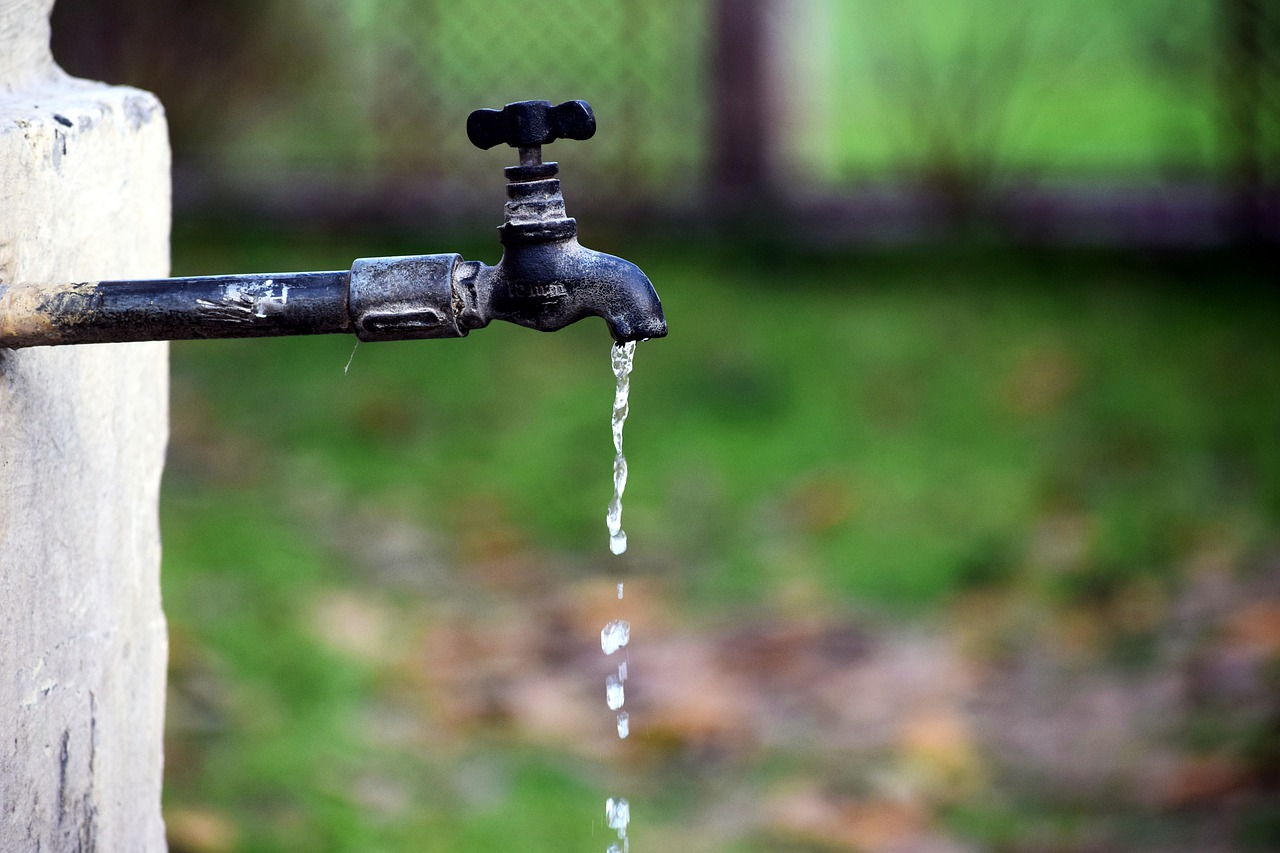
Everyone in the world has experienced water scarcity more than a few times in their lives. No one is exempted from this problem. But we shouldn’t forget as well that some areas in the world are experiencing water scarcity more drastically than others. For example, 904 thousand people in Mexico don’t have consistent access to safe water right now.
This lack of safe water also leads to a lack of sanitation. As such, three million people don’t have proper sanitation. This is concerning especially during the COVID-19 pandemic. People’s priority is to remain clean and sanitized to remain safe from the coronavirus.
Communities can do better in helping solve the water crisis. Through these three steps, they can make a difference for the people’s reliance on clean water.
Recycle Wastewater
People at home can recycle wastewater in many ways. The water they use for washing vegetables or boiling pasta can be used to water their plants or flush their toilets. They can also make it a habit to collect rainwater in buckets and use that to wash their cars or mop their floors.
But communities can take a step up in recycling wastewater. And it’s by treating the water that comes through the sewage system. First, the local government must invest in trenchless sewer repairs. It’s so that they properly collect the sewage water from people’s homes. Their next step would be creating a center for recycling wastewater.
There are health concerns over reusing water. But experts all over the world have developed technologies and systems that have improved the recycling process over the years. For example, Windhoek in Namibia has been relying on reused water to sustain the city since 1969. They treat about 35 percent of wastewater. This water is even used in drinking water reserves.
Repair Leaky Pipes
Many things cause the global water crisis. One of them is, of course, climate change. It causes severe droughts in some areas around the world. Another reason is the growing urbanization and people taking their water usage for granted. But perhaps one of the biggest culprits of the water crisis is leaky pipes.
The International Energy Agency (IEA) reported that we lose around 30 percent of our water source because of leaky pipes. And what’s even worse is that this number used to be as high as 80 percent. This issue is astounding because leaky pipes are a problem that we can very much resolve right now and prevent in the future.
Thus, communities must invest in the repair and maintenance of such pipes. This would lead to the reduction of water pressure in the pipes by 38 percent–which, in turn, reduces energy consumption by 20 to 40 percent.
Improving Irrigation Practices
Many communities all over the world rely on agriculture to feed the people and sustain their economy. However, agriculture has a significant impact on water scarcity. Crops need water to grow. And in order to improve farms’ yield, they need more water.
The International Water Management Institute reported that agriculture alone is responsible for about 70 percent of global water usage. But there are many ways to lower this number and reduce the consumption of water for agriculture.
One of the ways is improving irrigation management. Irrigation is how water is transported to the crops to improve the yield. Communities can schedule irrigation so that they can pace the use of water. They can also use recycled water from the rain or sewage.
The water crisis is one of the issues that affect everyone around the world. Some people have worse experiences with it. But it happens to everyone in one way or another. As such, this issue requires a collaborative effort. Communities can work together to preserve more water and sustain the world.













